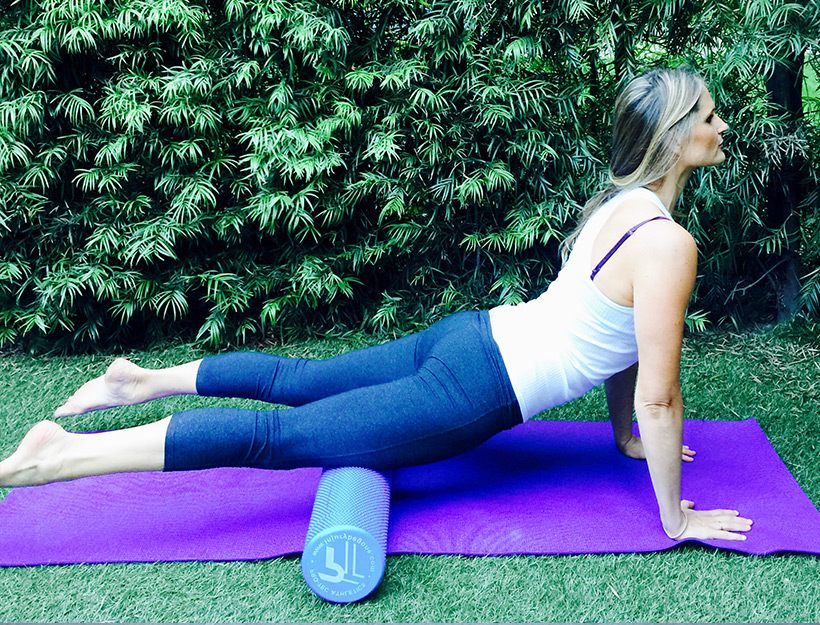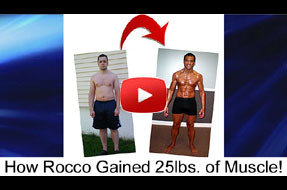Understanding Fascia and the Importance of Preventing Fascial Compression
By Vince N.
As a Connecticut Personal Trainer and a Licensed Massage Therapist, I have come across scenarios where the word “Fascia” is used in many—sometimes odd or funny—ways. After much thought, it is clear to me that maybe, not many people know or understand what Fascia actually is. I would like to take the opportunity, here and now, to explain Fascia, the importance of it, and ways to prevent fascial compression.
Fascia plays an important part in the support and function of our bodies, since it surrounds and attaches to all structures. Think of it like a spider web, a sweater, or even that white fibrous pith you see when you peel an orange. Fascia is densely woven, covering every muscle, bone, nerve, artery, vein, as well as all our internal organs, including the heart, lungs, and brain. It covers us basically from head to toe without interruption. In this way you can see that each part of our entire body is connected to every other part, by the fascia.
In a normal healthy state, the fascia is relaxed and wave-like. It has the ability to stretch and move without restriction. When you deal with physical and emotional trauma, scarring, or inflammation, the fascia becomes tight, restricted, and a source of tension for the rest of the body. Physical trauma, such as falls, car accidents, whiplash, surgery, or even just poor posture and repetitive stress injuries, have cumulative effects on the body, and they cause fascial restriction.
Fascial restriction affects our flexibility and stability, and is the determining factor in our ability to withstand stress and perform daily activities. So, without your even realizing it, routine and run-of-the-mill activities in your everyday lives can be causing you fascial restriction! End of the world? Nope! Fortunately, there are methods to decompress fascial restriction.
One very effective way you can help decompress that Fascia is a method called “Myofascial Release.” There are two ways to perform Myofascial Release.
One way is to book an appointment with a Licensed therapist who specializes in Myofascial Release technique. Myofascial Release Technique, when applied, is a safe and effective approach that involves applying gentle sustained pressure into the connective tissue to eliminate pain and restore motion. Massages do have their benefits! Another approach is Self-Myofascial Release. This is achieved by foam rolling or using a lacrosse/tennis ball to help with decompression. Lastly, going to a certified practitioner for Cupping Massage helps greatly. With this method, these cups help free capillary beds from fascial compression and can help in removal of toxins and blood stagnation. Cupping Massage may achieve many benefits such as decreased pain, increased range of motion, increased local blood circulation, and many more.
It is important to be aware of fascial compression and to know how to combat it, so that you can get the most out of your exercise routine!
Vince Nguyen, Personal Trainer and Manual Therapist
Vince grew up very focused on his education, but not knowing what he wanted to do as a career choice. He did know that he wanted to choose a career setting that affiliated all the things he loves: Science, Sports and his passion to help others.
Vince attended the Connecticut Center for Massage Therapy, focusing on Manual Sports Therapy for athletes and bodybuilders. After 750 hours of education and clinicals, he received his diploma, and earned his practitioner license through the state of Connecticut.
Vince worked alongside a Personal Trainer, treating various types of athletes including—but not limited to—hockey players, tennis players, weightlifters, bodybuilders and physique competitors.
With his experience and love for Anatomy and Physiology, Kinesiology and client education, Vince was then inspired to take his career to another level by becoming a Personal Trainer.
“My goal is to help everyone I can love themselves for who they are, both mentally and physically. With constant push, non-stop motivation and some client education, anyone can become the best version of themselves.”






